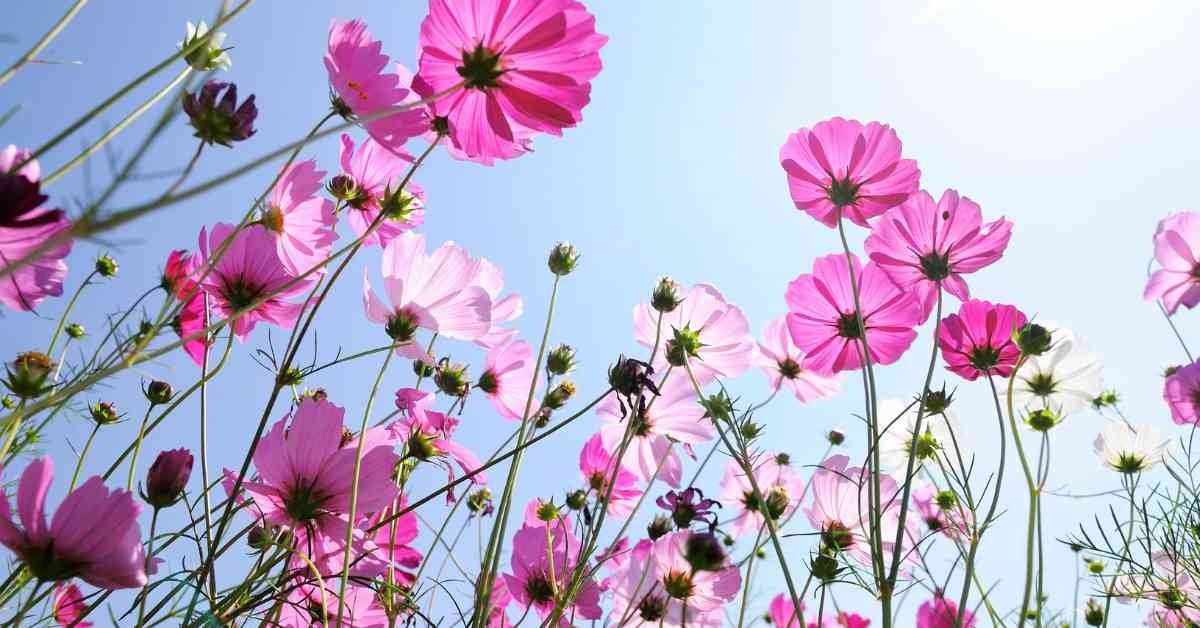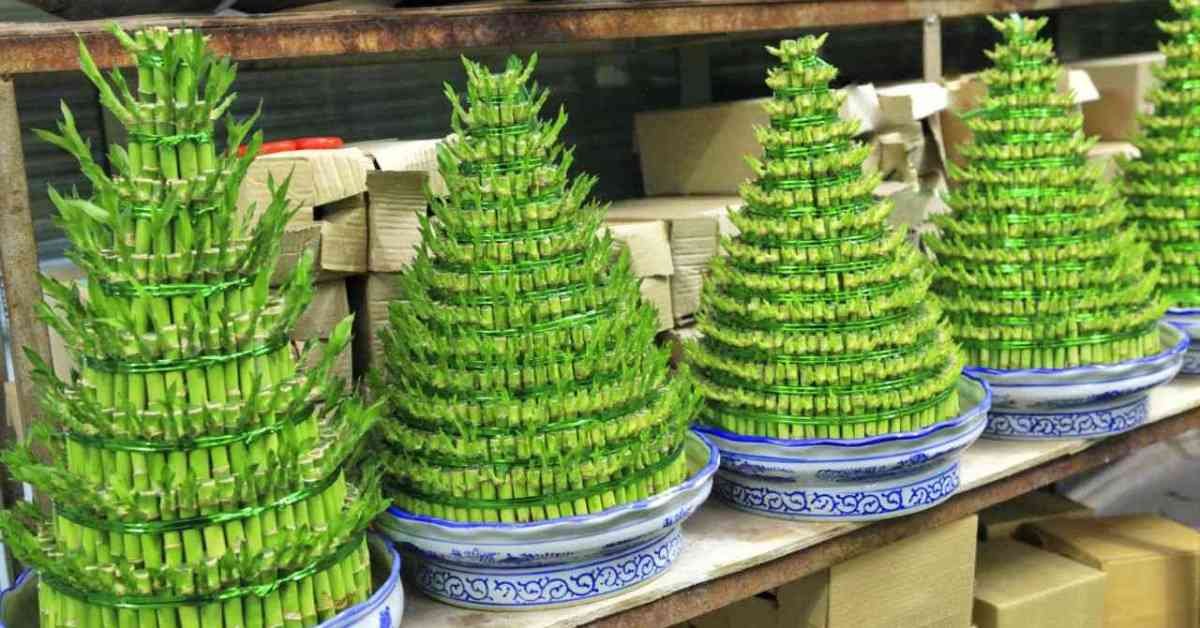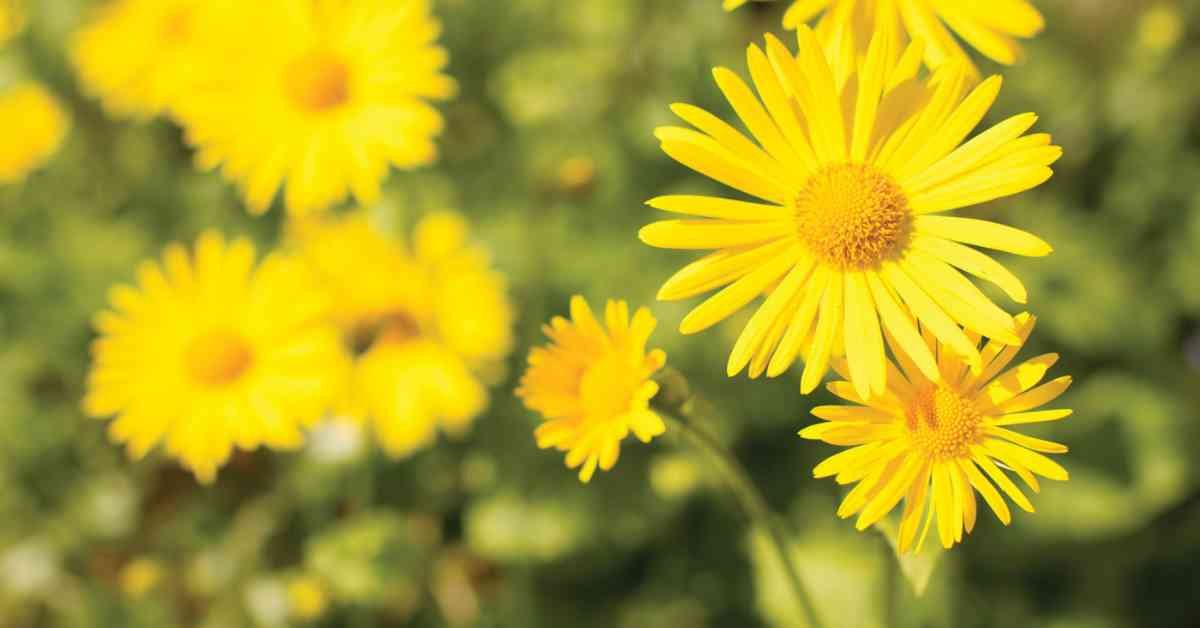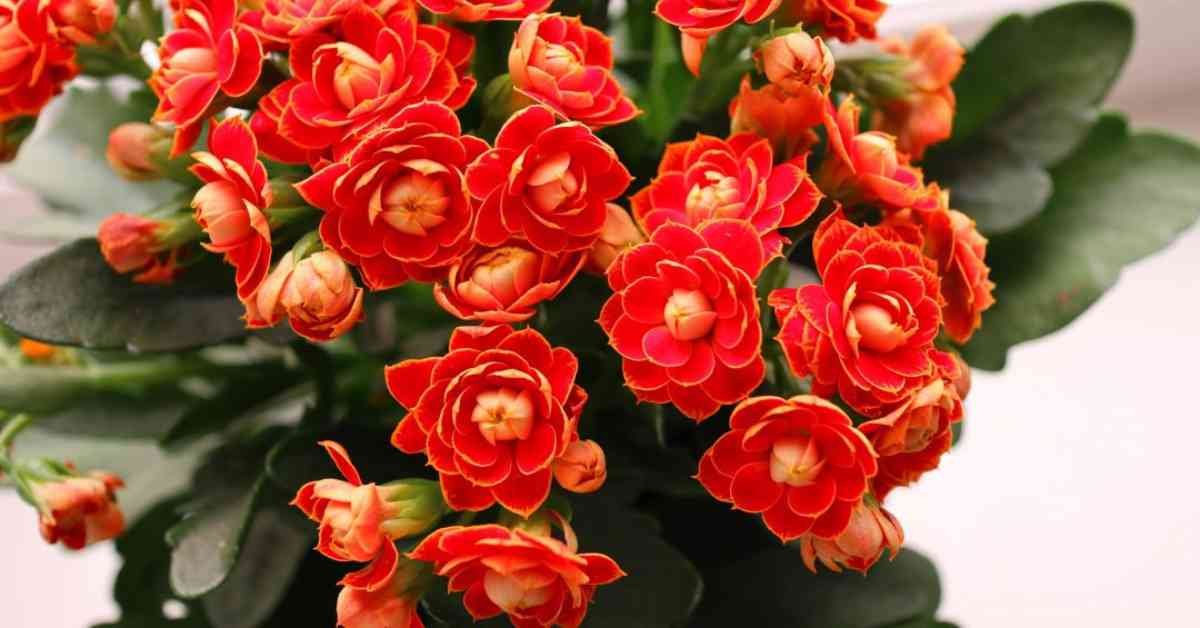Introduction
Pink Flowers have captivated human imagination for centuries, symbolizing beauty, love, and the cycles of nature. Among the myriad colors that flowers exhibit, pink holds a special place. Pink flowers are often associated with grace, gentility, and affection, making them popular choices for gardens, bouquets, and various cultural ceremonies. This article delves into the fascinating world of pink flowers, exploring their history, symbolism, varieties, cultivation, and their role in different cultures and traditions.
Historical Significance of Pink Flowers
Ancient Times
In ancient civilizations, flowers played an essential role in daily life and rituals. Pink flowers, in particular, were prized for their aesthetic appeal and symbolic meanings. In Ancient Egypt, pink lilies were often found in tombs, symbolizing rebirth and the afterlife. The Greeks and Romans also held pink flowers in high esteem, using them in religious ceremonies and as offerings to deities associated with love and beauty, such as Aphrodite and Venus.
Middle Ages
During the Middle Ages, flowers became integral to gardens, which were often designed with symbolic meanings in mind. Monastic gardens featured pink roses, which symbolized the Virgin Mary and purity. The tradition of using pink flowers in religious art and decoration continued to flourish, with artists and artisans incorporating them into illuminated manuscripts and church decorations.
Renaissance and Beyond
The Renaissance era saw a revival of interest in classical antiquity, and with it, the symbolic use of flowers in art and literature. Pink flowers, especially roses and carnations, became prominent motifs in paintings, representing love, grace, and the fleeting nature of beauty. The Victorian era further solidified the symbolic language of flowers, known as floriography. In this period, pink flowers conveyed messages of admiration, gratitude, and gentle affection.
Symbolism and Cultural Significance
Love and Affection
Pink flowers are universally recognized as symbols of love and affection. Unlike the passionate connotations of red flowers, pink flowers evoke a softer, more tender form of love. They are often used in romantic gestures, such as Valentine’s Day bouquets, to express admiration and appreciation.
Femininity and Grace
The color pink is closely associated with femininity and grace. In many cultures, pink flowers are used to celebrate milestones in women’s lives, such as births, graduations, and weddings. They are also popular in arrangements meant to honor mothers and grandmothers, symbolizing the nurturing and caring aspects of femininity.
Innocence and Purity
Lighter shades of pink, especially those found in flowers like cherry blossoms and peonies, are often linked to innocence and purity. These flowers are frequently used in ceremonies and decorations that emphasize these qualities, such as christenings and first communions.
Healing and Compassion
In color psychology, pink is believed to have a calming and soothing effect, promoting feelings of compassion and empathy. Pink flowers are often used in healing environments, such as hospitals and therapy centers, to create a sense of peace and comfort.
Varieties of Pink Flowers
Roses
Roses are perhaps the most iconic of all flowers, and pink roses are especially beloved. They come in numerous shades, from pale blush to deep magenta, each with its unique symbolism. Light pink roses typically represent admiration and gentleness, while darker pinks convey gratitude and appreciation.
Tulips
Tulips are another popular pink flower, known for their elegant shape and vibrant colors. Pink tulips symbolize affection and caring, making them perfect for expressing heartfelt emotions. They are often associated with spring and new beginnings.
Peonies
Peonies are lush, fragrant flowers that come in various shades of pink. They are often associated with romance, prosperity, and good fortune. In many cultures, peonies are used in wedding bouquets and decorations to symbolize a happy marriage and a prosperous life together.
Cherry Blossoms
Cherry blossoms, or sakura, are iconic symbols of Japan, representing the transient nature of life. These delicate pink flowers bloom for a short period each spring, drawing millions of visitors to cherry blossom festivals around the world. They are a reminder to cherish the beauty of the present moment.
Carnations
Carnations are versatile flowers that come in many colors, including a range of pinks. Pink carnations are often associated with a mother’s undying love and are a popular choice for Mother’s Day. They also symbolize admiration and gratitude.
Orchids
Pink orchids are exotic and elegant, often associated with luxury and refinement. They are popular in floral arrangements for their striking appearance and long-lasting blooms. Pink orchids symbolize delicate beauty and strength.
Hydrangeas
Hydrangeas are known for their large, spherical clusters of flowers, which can be pink, blue, or white. Pink hydrangeas symbolize heartfelt emotions and are often used in gardens and floral arrangements to convey sincere feelings.
Azaleas
Azaleas are vibrant shrubs that produce abundant pink flowers in the spring. They are often associated with femininity and softness. In some cultures, azaleas are believed to symbolize temperance and moderation.
Cultivating Pink Flowers
Choosing the Right Varieties
When selecting pink flowers for your garden, it’s important to consider the growing conditions and climate in your area. Some pink flowers, like tulips and roses, prefer cooler climates, while others, like orchids and hibiscus, thrive in warmer regions.
Soil and Watering Requirements
Different pink flowers have varying soil and watering needs. Roses, for example, prefer well-drained soil and regular watering, while succulents like echeveria require minimal water and thrive in sandy, well-drained soil. Understanding the specific needs of each variety is crucial for successful cultivation.
Sunlight and Temperature
Most pink flowers require ample sunlight to bloom. However, the amount of sunlight needed can vary. Peonies, for instance, need full sun to partial shade, while impatiens prefer shaded areas. It’s essential to know the light requirements of each flower to ensure optimal growth.
Pruning and Maintenance
Regular pruning and maintenance are vital for healthy and vibrant pink flowers. Deadheading, or removing spent blooms, encourages new growth and prolongs the blooming period. Additionally, proper fertilization and pest control are essential to keep your flowers thriving.
Seasonal Care
Understanding the seasonal care requirements of pink flowers can help extend their blooming period. For example, planting bulbs like tulips and daffodils in the fall ensures a beautiful spring display. Conversely, summer-blooming flowers like zinnias and dahlias need to be planted in the spring.
Pink Flowers in Cultural Traditions
Cherry Blossom Festivals
Cherry blossom festivals are celebrated worldwide, particularly in Japan, where the cherry blossom, or sakura, is a national symbol. These festivals mark the arrival of spring and are a time for family gatherings, picnics, and appreciation of the fleeting beauty of the blossoms.
Valentine’s Day and Weddings
Pink flowers are a staple in Valentine’s Day bouquets and wedding decorations. They symbolize love, romance, and joy, making them perfect for celebrating these special occasions. Pink roses, tulips, and peonies are particularly popular choices for bridal bouquets and centerpieces.
Mother’s Day
On Mother’s Day, pink carnations and roses are often given to express gratitude and admiration for mothers and maternal figures. These flowers convey deep appreciation and love, making them a timeless choice for this special day.
Religious and Spiritual Ceremonies
In many religious and spiritual traditions, pink flowers hold significant meaning. In Christianity, pink roses are associated with the Virgin Mary and are often used in church decorations. In Hinduism, lotus flowers, which can be pink, symbolize purity and spiritual enlightenment.
Traditional Medicine
In traditional medicine, certain pink flowers are used for their healing properties. For example, the hibiscus flower is used in various cultures for its anti-inflammatory and antioxidant benefits. Rose petals are also used in herbal teas and remedies for their soothing and calming effects.
Conclusion
Pink flowers, with their diverse shades and varieties, offer a unique blend of beauty, symbolism, and cultural significance. From ancient rituals to modern celebrations, they continue to captivate and inspire. Whether adorning gardens, gracing bouquets, or featuring in art and literature, pink flowers remain a timeless testament to the enduring allure of nature’s elegance.
Understanding the rich history and symbolic meanings of pink flowers allows us to appreciate their beauty on a deeper level. Their cultivation and care bring the joy of vibrant blooms, enhancing our living spaces and connecting us to the natural world. As we continue to celebrate the charm and grace of pink flowers, we honor their role in our lives and the many ways they touch our hearts and souls.





